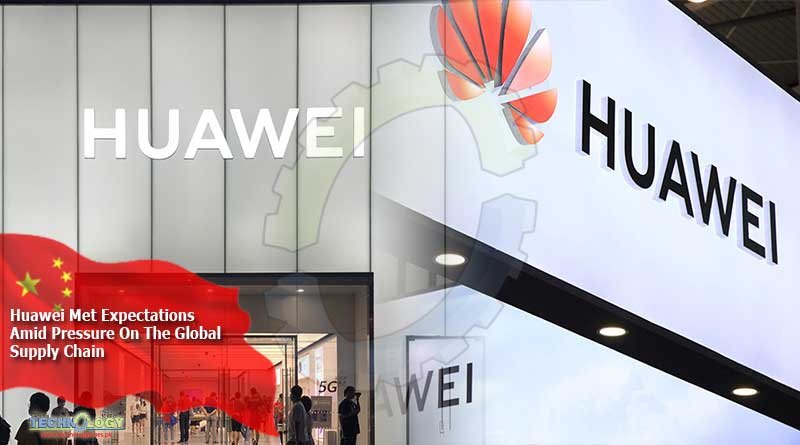Huawei Technologies said revenue in the first nine months “basically met expectations” amid the pandemic and intense pressure on the global supply chain.

Huawei Technologies, under fire from the Trump administration, said revenue in the first nine months “basically met expectations” amid the global pandemic and intense pressure on the Chinese technology giant’s supply chain.
Huawei generated 671.3 billion yuan (US$100.4 billion) in revenue in the first nine months of the year, up 9.9 per cent from the same period in 2019. The net profit margin was 8 per cent in the first three quarters, according to a statement on Friday, down from 9.2 per cent in the first six months and lower than 8.7 per cent in the same period last year.
Huawei did not break out the performance of its business segments, which include consumer, carrier and enterprise.
“As the world grapples with Covid-19, Huawei’s global supply chain was put under intense pressure and its production and operations saw increasing difficulties,” Huawei said in the statement. “We will do our best to find solutions, to survive and forge forward, and to fulfil [our] obligations to customers and suppliers.”
Shenzhen-based Huawei, which surpassed Samsung for the first time in global smartphone shipments in the second quarter, has been one of the major casualties of rising US-China tensions. The company, which was added to the US government’s trade blacklist in May last year, is now struggling with tighter restrictions imposed this year, covering access to chips developed or produced using US technology, from anywhere.
Moving forward, Huawei said “it would leverage its strengths in ICT technologies such as AI, cloud, 5G, and computing to provide scenario-based solutions, develop industry applications, and unleash the value of 5G networks along with its partners.”
The earnings come hot on the heels of the launch yesterday of the company’s latest 5G flagship smartphone line, the Mate 40 series. China’s largest tech company is pushing ahead despite the impact of US trade sanctions on the supply of chips for its biggest business.
Huawei’s new smartphones – the Mate 40, Mate 40 Pro and Mate 40 Pro+ – run the company’s own Kirin 9000 series system-on-a-chip (SOC), which it described as “capable of handling intensive computations and multitasking operations”. It said the world’s first 5-nanometre 5G SOC is packed with more than 15.3 billion transistors and increased power efficiency to handle on-device artificial intelligence.
Richard Yu Chengdong, chief executive of Huawei’s consumer business group, reiterated at the launch that Huawei was still operating “in a very difficult time” because of recent US sanctions. Washington now requires foreign chip suppliers that use US technology to apply for a licence to sell chips to Huawei, citing national security concerns.
Originally published at scmp
